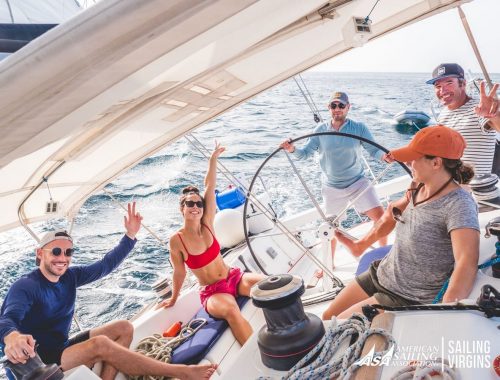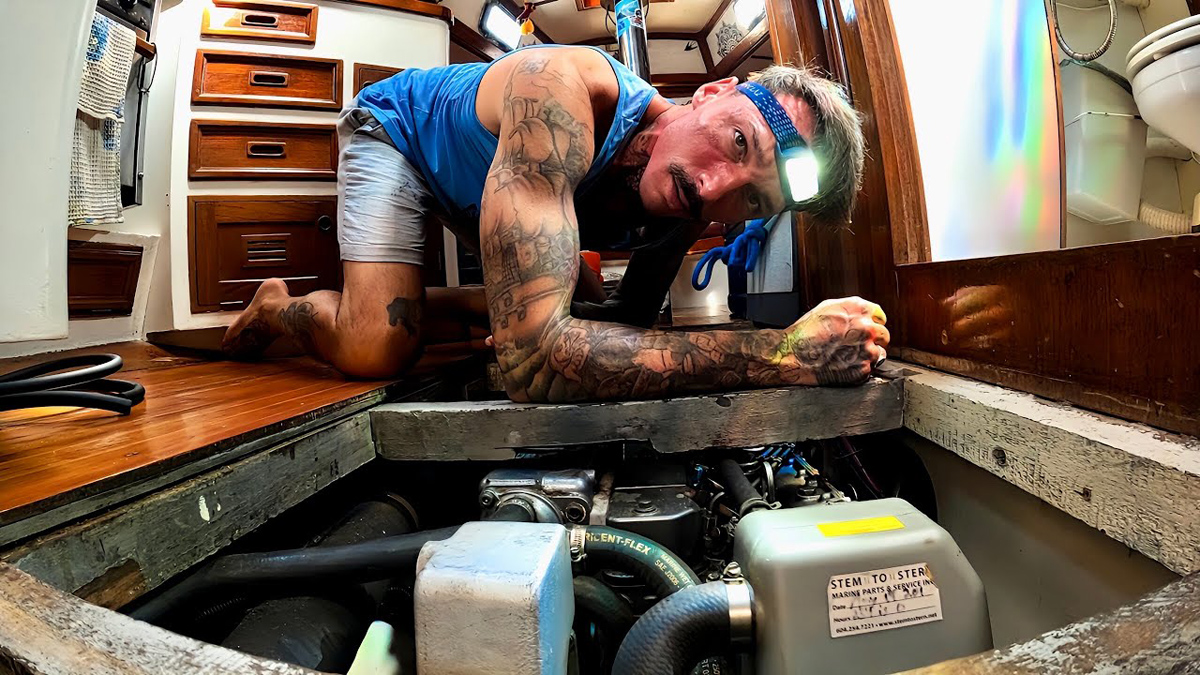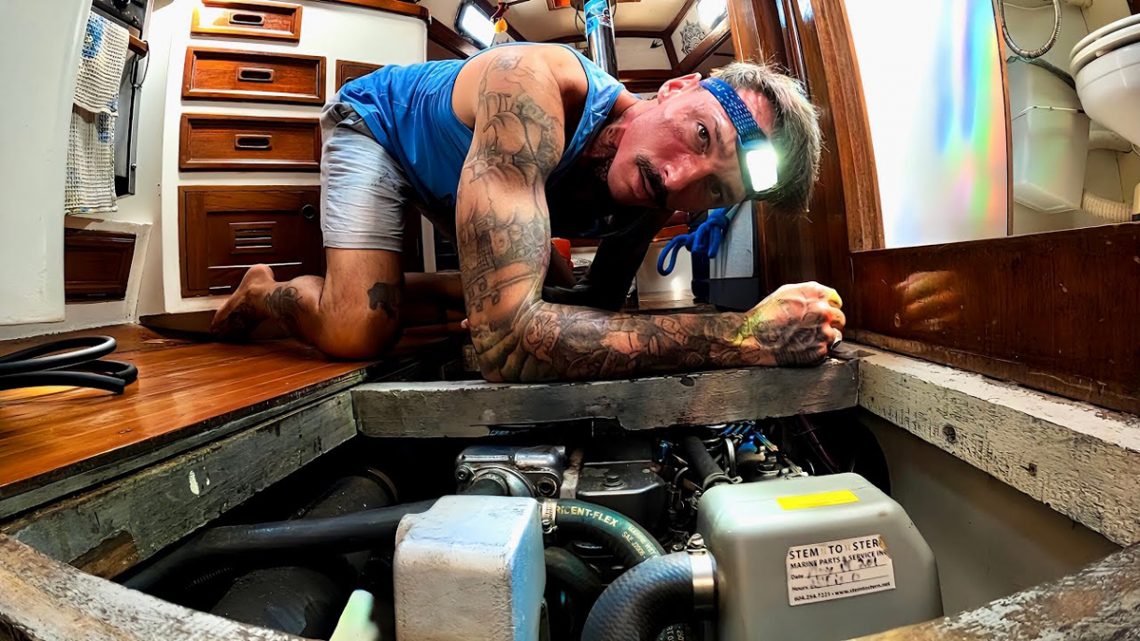
Sailing without an engine: How to get home in case of a breakdown
When the engine fails, do we necessarily need to use the radio to call for help? Depending on the circumstances, we might be able to manage on our own.
Some issues with marine diesel engines can be easily resolved at sea, but what happens if the fault cannot be repaired? Such a situation can be among the most stressful a skipper may face, so it’s no surprise that the first question that comes to mind is: “Should I call for help?” If you’re struggling to repair your diesel engine, you should consider the possibility of getting home—or at least to the nearest port—before calling for assistance.
An engine failure during an approaching storm while close to shore, or at the entrance of a busy harbour, can be dangerous. Under other circumstances, however, a broken engine may be little more than an inconvenience that requires some time and patience. The best course of action also depends on your own experience and that of your crew.
Discover the best boat rental deals

Engine dead and light winds: no problem
A lack of wind does not necessarily put the vessel in immediate danger when the engine fails. Offshore racing crews who must complete courses without using the engine are used to progressing in very light air. A cruising spinnaker, gennaker or Code Zero will allow you to move even in the faintest breeze. Calm conditions never last forever, so it is worth checking the weather forecast to understand when the breeze might arrive and how long it might last.
If, despite the calm, you manage to reach the harbour entrance, you might arrange for a tender to tow you the last quarter mile to a safe berth rather than calling the port authorities for help.
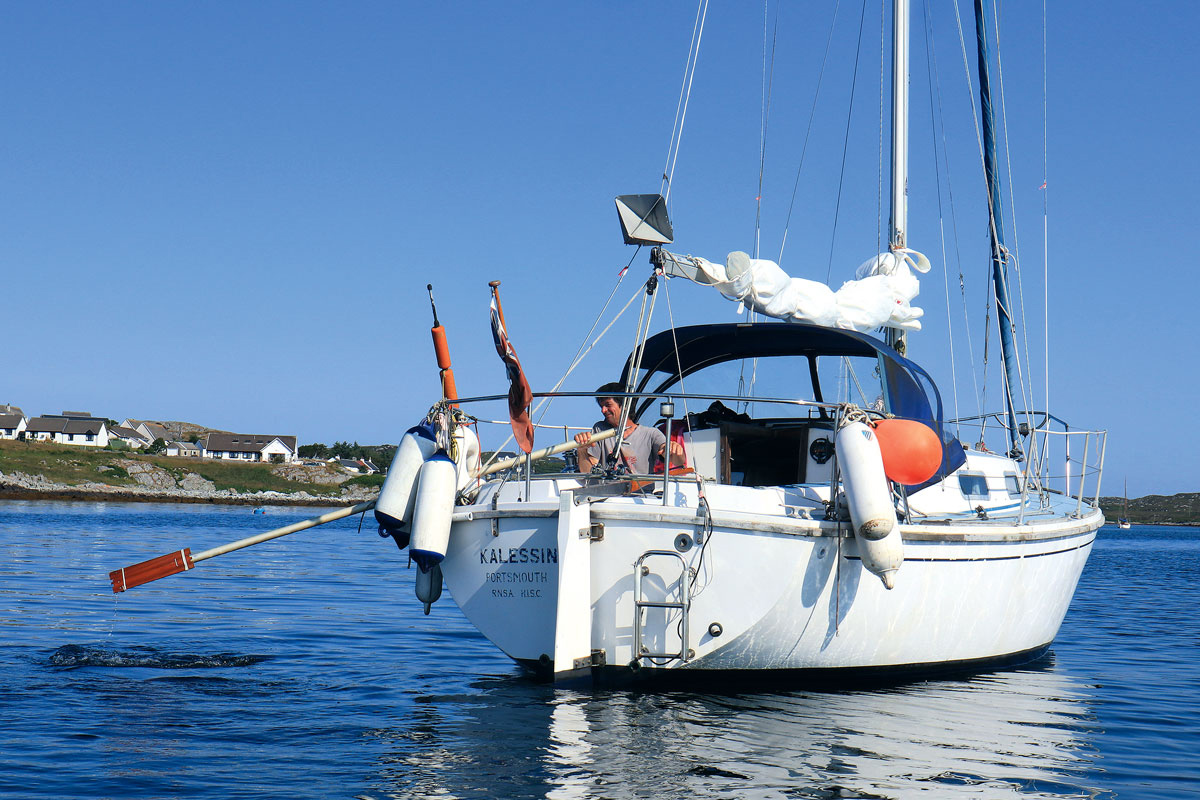
In an emergency: oars, tender, and fins
Long, well-balanced oars can propel even multi-ton boats. The primary winches on a yacht are often well positioned to act as improvised rowlocks, using a loop of rope to hold the oar in place.
You can improvise oars by lashing together the boathook and the spinnaker pole to get through windless zones near ports or to reach a nearby wind line. A boat of up to around 4 tonnes can be rowed surprisingly effectively over short distances. A key tip: don’t sit down and row like in a dinghy—standing up allows you to use your body weight on the oars, greatly reducing the effort required. Expect to reach up to 3 knots on a smaller boat and perhaps 1–1.5 knots on a larger one.
A less strenuous alternative—or the only option for larger yachts—is to use the tender and its outboard engine to push or tow the main boat. In this way, you can expect to make 2–3 knots. As a last resort, you can even move the boat by swimming: in calm water, a single person using fins can move a 45-foot yacht at around 1.5 knots.
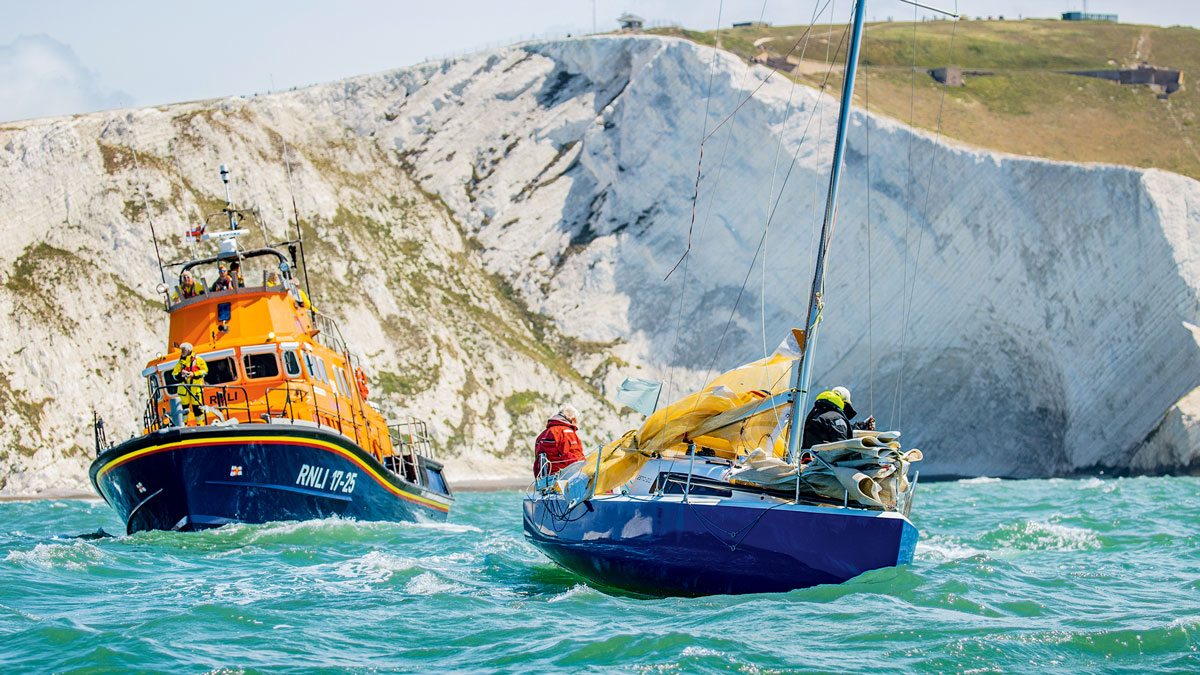
Engine failure and strong wind
Many engine failures occur in strong winds, often when the engine is being used to improve speed and pointing ability while sailing upwind. For a crew already under pressure, this can be a frightening experience. Fortunately, it’s usually easy to distinguish truly dangerous situations—such as when you are close to a lee shore from which the boat cannot escape under sail—from less serious ones, like being unable to reach your planned destination before low tide. In the latter case, the only option is to beat to windward toward an alternative harbour.
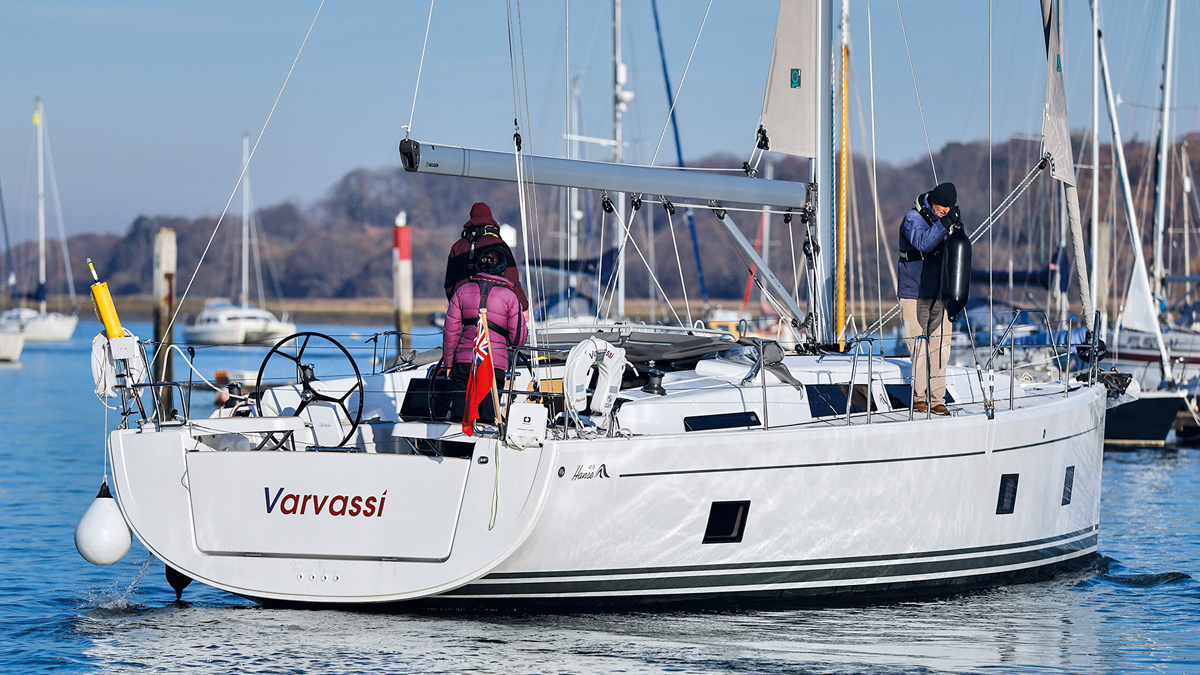
Entering a harbour without an engine
Reaching the entrance of a harbour under sail is one thing; making it to a berth or safe anchorage inside the harbour is another matter altogether. Many ports offer berths or anchorages in relatively open waters, easy to reach under sail and with enough room for several attempts. However, there are also ports and marinas where entering without an engine is difficult or even impossible, even for highly experienced crews.
The key point is not to risk the boat by attempting something that pushes your abilities too far. Often, it’s possible to get a tow into the harbour or to the fuel dock.
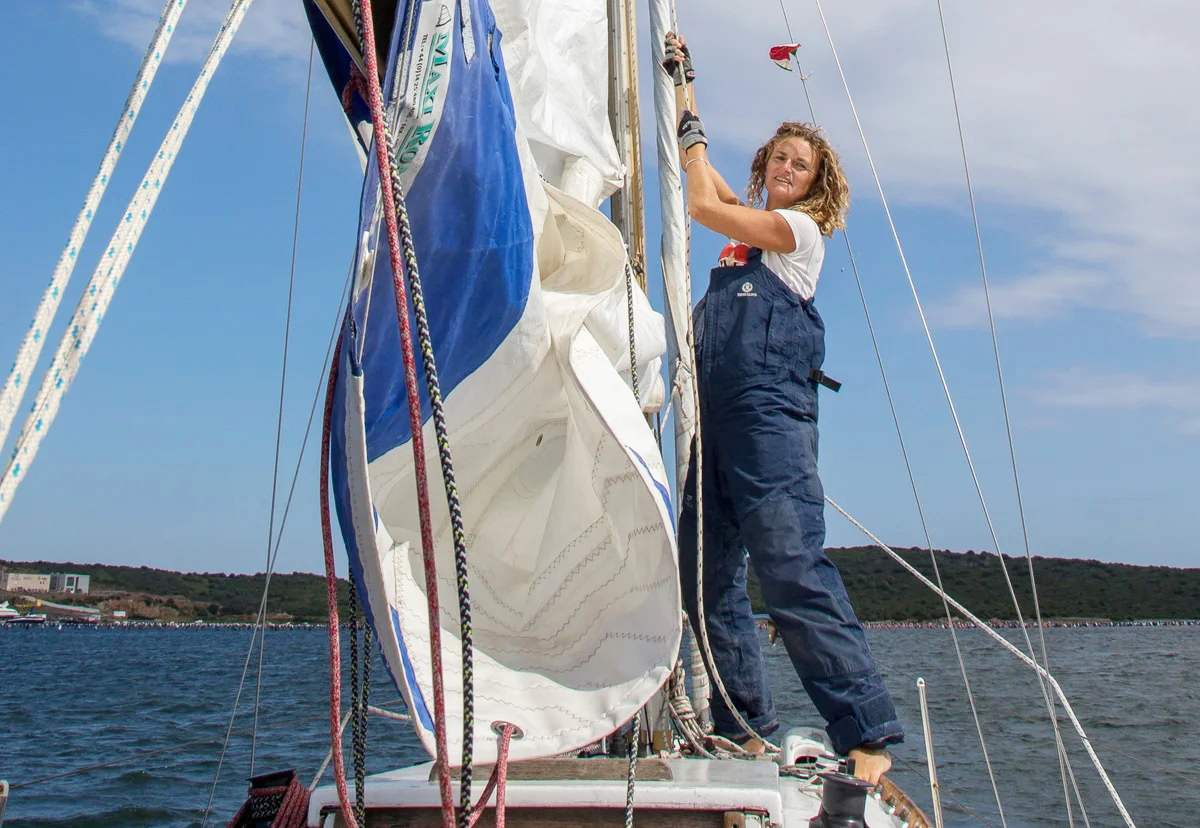
Inboard engine failure in confined spaces
This can be one of the most adrenaline-filled situations a sailor can face, and the best strategy depends entirely on the circumstances. Often, the ideal first move is to do nothing—take a moment to think through your options, inform the crew, and avoid panicking. Every mistake comes at a high price. If you hoist the mainsail in tight quarters, you must be able to drop it quickly.
During this assessment period, you may receive an offer for a tow from a passing boat, you can contact the harbour via VHF radio for assistance, or you might drop anchor at the edge of the channel, away from moorings and boat traffic.

Practicing maneuvering without an engine
Most engine failures stem from a series of issues that can often be resolved within a few minutes, with some knowledge and a modest set of tools and spare parts. However, there are cases in which the problem is more serious and impossible to fix at sea. In any case, it’s a good idea to practice regularly maneuvering without the engine and to be aware of how your boat behaves.
Note: Opening photo, photo credits: Sailing Stika.
Discover the best boat rental deals
You May Also Like

Capraia, Corsica, and Elba: The best of the Mediterranean just miles apart
23/10/2025
Low tide pitfalls: A guide to sailing without running aground
12/12/2025